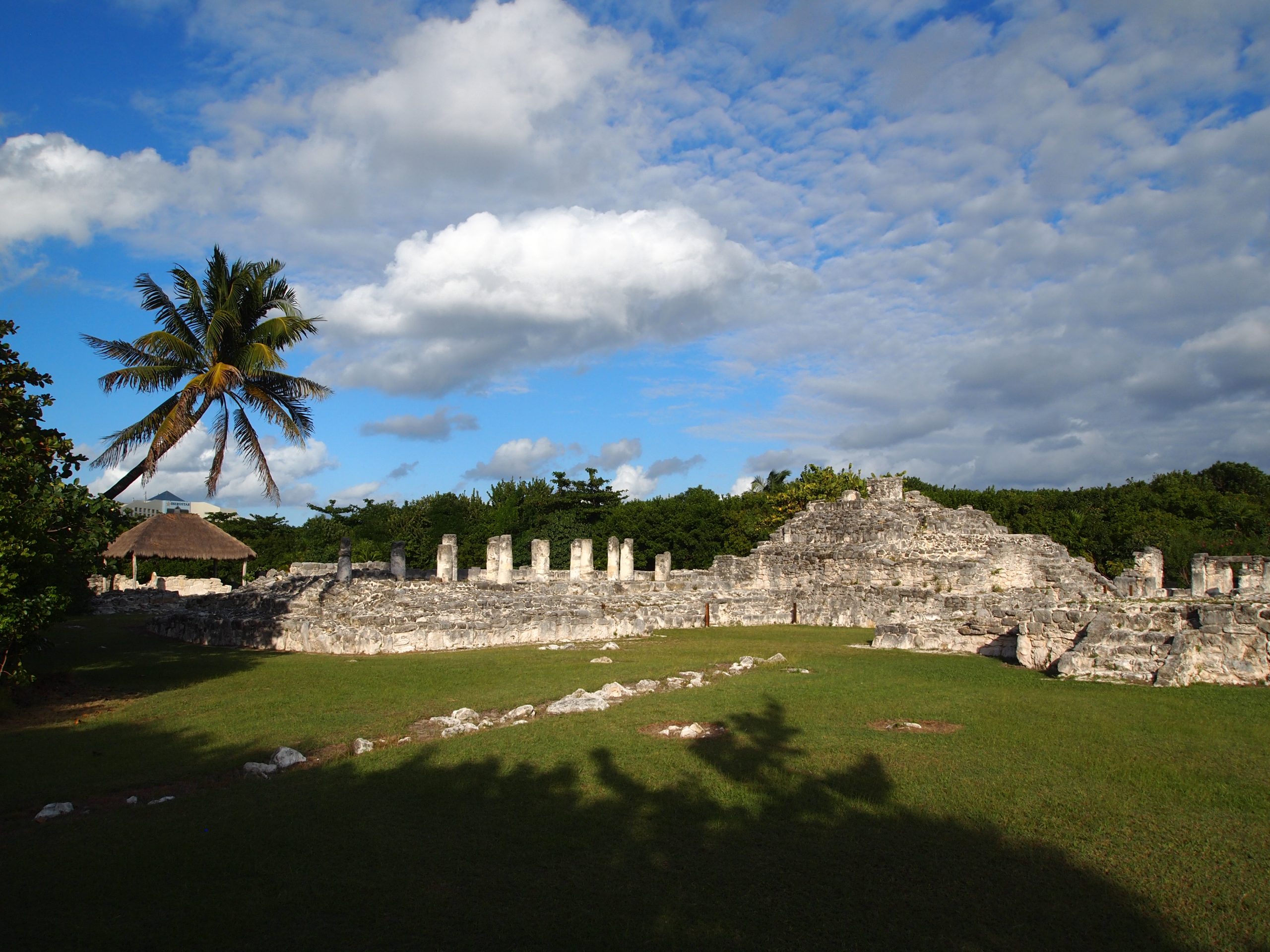The El Rey archaeological site, nestled in the bustling tourist city of Cancun, Mexico, is a window into the ancient Mayan civilization. This site, with its remnants of buildings and artifacts, offers a glimpse into the pre-Columbian era. It stands as a testament to the architectural prowess and societal structures of the Mayans. Visitors today can walk among the ruins and imagine the once-thriving community that existed centuries ago.
Get your dose of History via Email
Historical Background of El Rey Archaeological Site
El Rey, named after a mask found here believed to represent the Mayan Sun God, is a significant archaeological site. Discovered in the early 20th century, it has since been a focal point for understanding Mayan coastal trade routes. The site’s buildings, believed to be constructed around the 10th century AD, suggest it was a key player in maritime trade and navigation. Later, it became a small Mayan town, surviving until the arrival of the Spanish conquistadors.
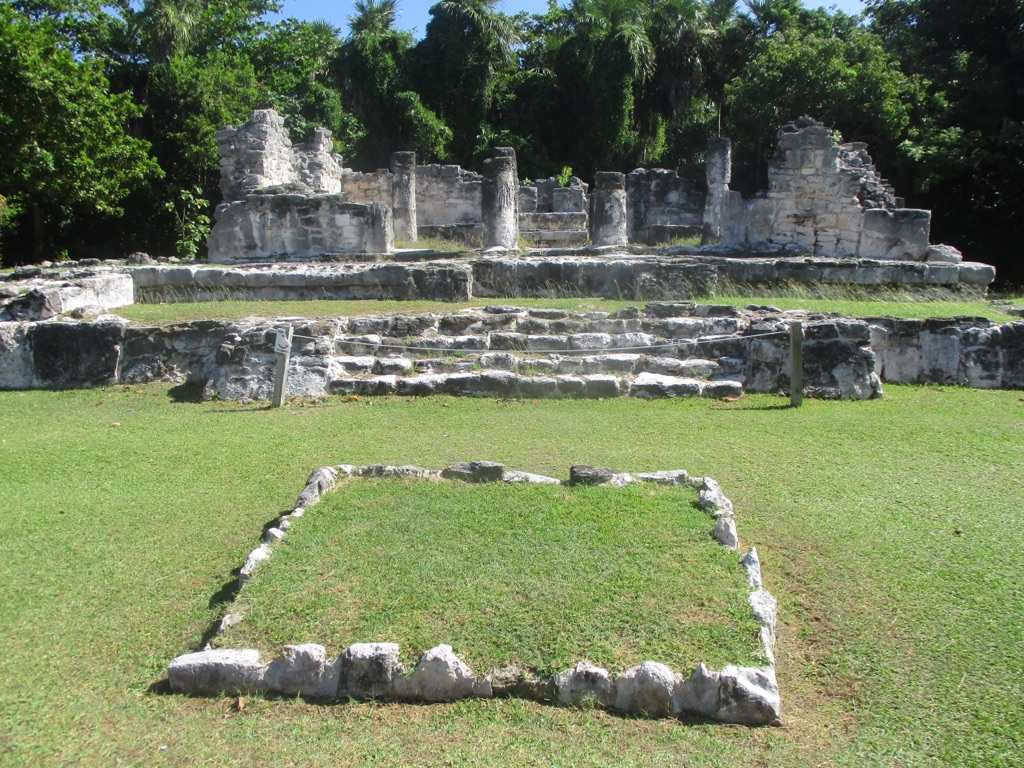
Archaeologists attribute the construction of El Rey to the Mayans, a civilization known for its advanced knowledge in various fields. The site’s strategic location hints at its role in trade and commerce. Over time, El Rey saw different phases of occupation, with evidence suggesting it was inhabited until the 16th century. It was not the scene of any known major historical events but was an important part of the Mayan coastal network.
The discovery of El Rey was not a singular event but a gradual process of recognition and excavation. The site gained more attention as Cancun developed into a tourist destination. It was Thomas Gann, a British archaeologist, who first documented the ruins in the 1920s. However, it wasn’t until the latter half of the 20th century that significant archaeological work began.
El Rey’s importance lies not just in its structures but also in the artifacts found there. These include painted ceramics, shell ornaments, and incense burners, which offer insights into the daily lives of its inhabitants. The site also features a small temple, which suggests religious activities took place within the community.
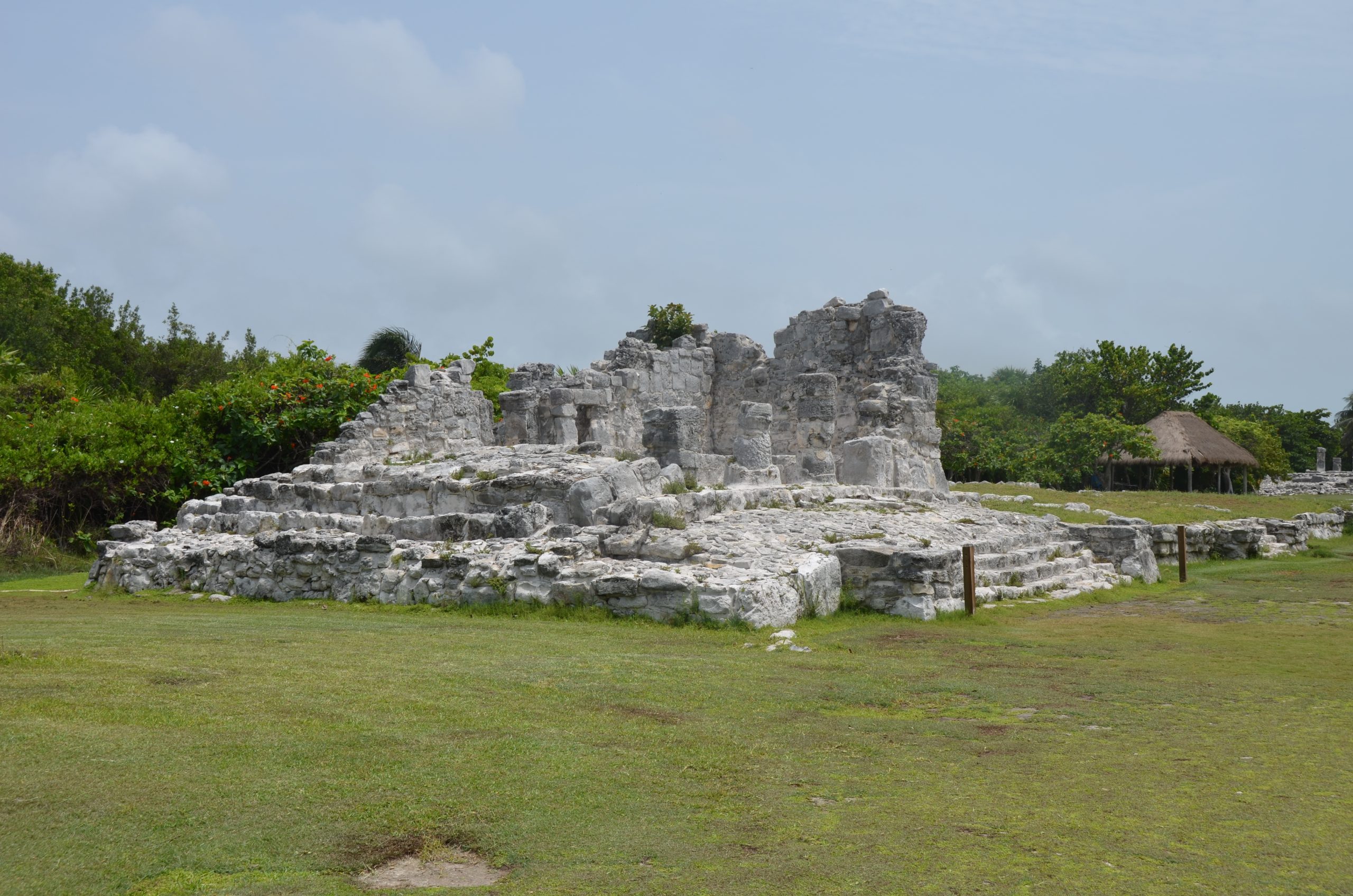
While El Rey may not have the grandeur of larger Mayan sites like Chichen Itza, it provides valuable information about the Mayan presence on the eastern coast of the Yucatan Peninsula. Its later inhabitants left behind a cultural legacy that archaeologists and historians continue to study, providing a richer understanding of the Mayan civilization’s coastal chapters.
About El Rey Archaeological Site
El Rey is a collection of ruins that showcase the architectural style of the Mayan civilization. The site includes several structures, such as platforms, columns, and a pyramid. The buildings were constructed using limestone, a material abundant in the region. The stonework demonstrates the Mayans’ skill in creating durable structures that have withstood the test of time.
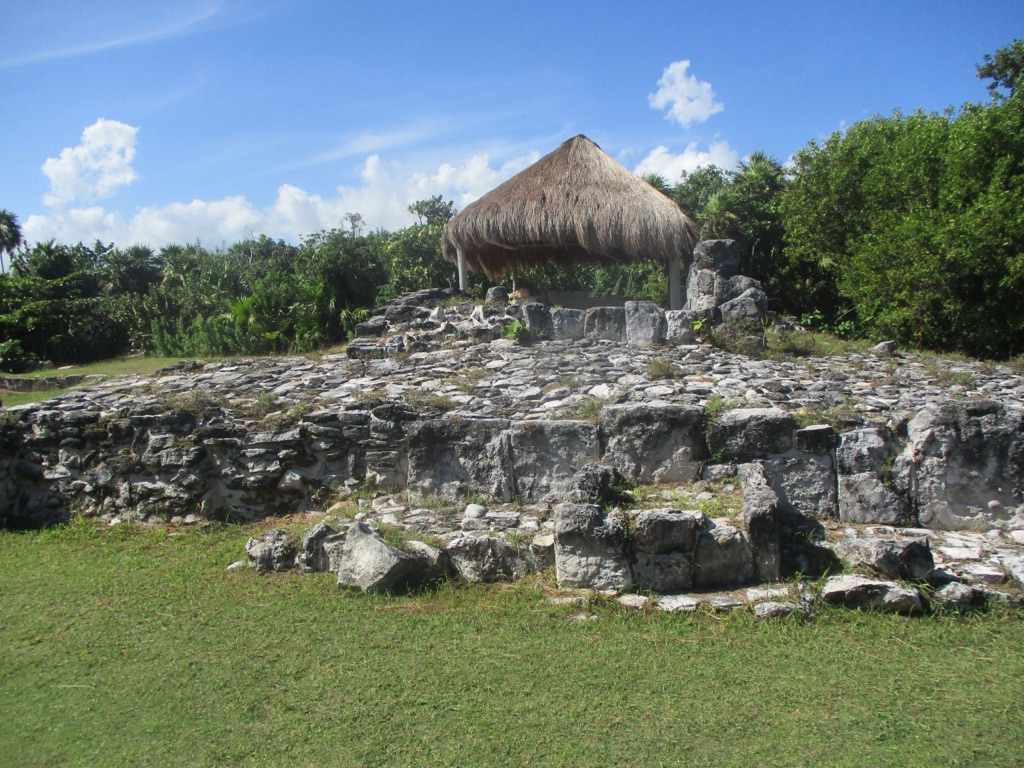
The most prominent feature of El Rey is the main pyramid, which stands at the center of the site. This pyramid, though modest compared to others in the Mayan world, is an example of the typical stepped design used by the Mayans. The site also includes a plaza, which likely served as a social and ceremonial space for the inhabitants.
Architectural highlights of El Rey include the remnants of painted plaster on some of the buildings. These suggest that the structures were once brightly colored, a common practice in Mayan architecture. The site also features several columns, which may have supported an extensive roof system or served as a part of a market or administrative center.

The construction methods of El Rey reflect the Mayans’ understanding of their environment. They built their structures to withstand the tropical climate and the occasional hurricane. The layout of the site, with its open spaces and strategic positioning of buildings, indicates a planned urban development.
Today, El Rey serves not only as a historical site but also as a habitat for local wildlife, including iguanas that bask on the ancient stones. The coexistence of nature and history adds to the allure of the site, making it a unique blend of the past and the present.
Theories and Interpretations
El Rey has been the subject of various theories and interpretations over the years. One prevailing theory is that it served as an important port and trading center for the Mayan civilization. Its proximity to the Caribbean Sea would have made it an ideal location for maritime trade.
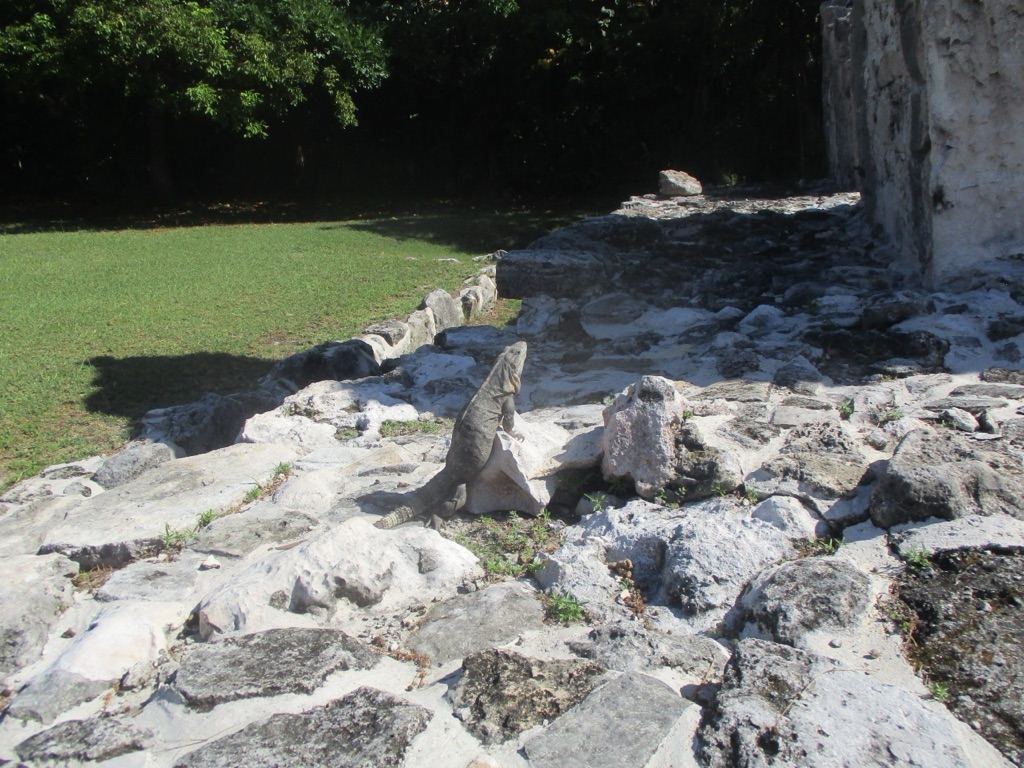
Some archaeologists believe that El Rey played a role in the Mayan’s extensive trade network, which included commerce with distant regions. The presence of non-local artifacts at the site supports this theory, indicating that El Rey was a hub for cultural exchange.
There are mysteries surrounding El Rey, particularly regarding the extent of its influence and the daily lives of its inhabitants. While some aspects of the site can be matched to historical records, others require interpretation based on archaeological evidence.
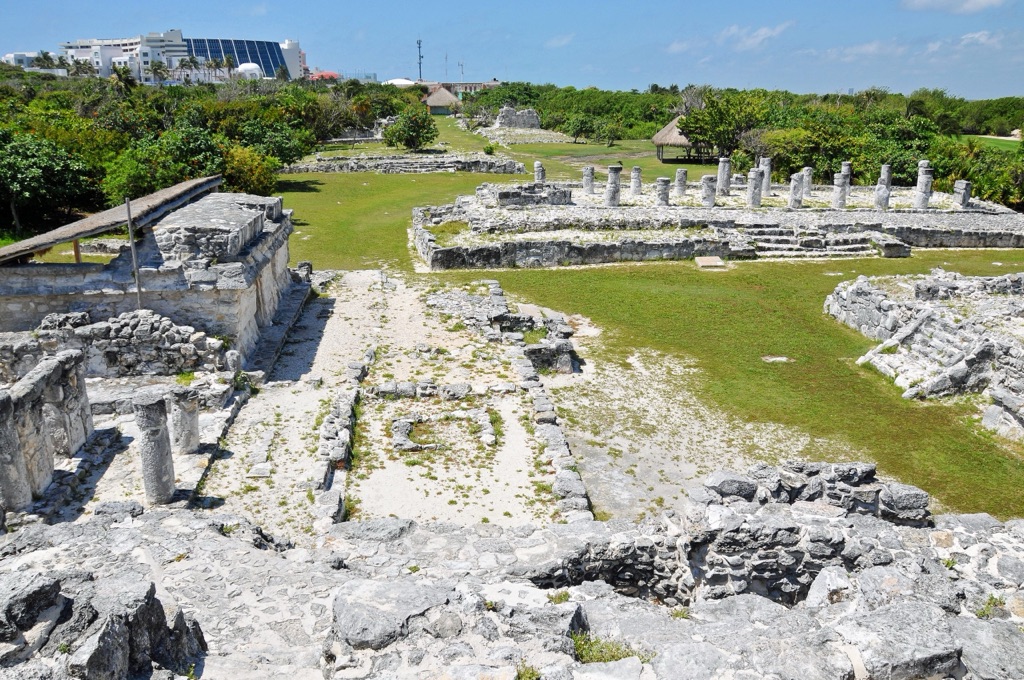
Dating of the site has been carried out using methods such as radiocarbon dating and pottery analysis. These have helped establish a timeline for the occupation and use of El Rey, placing its peak activity around the Postclassic period of Mayan history.
Despite the research, many questions about El Rey remain unanswered. Ongoing archaeological work continues to uncover new findings, offering fresh insights into this intriguing piece of Mayan heritage.
At a glance
Country: Mexico
Civilization: Mayan
Age: 10th century AD
Conclusion and Sources
Reputable sources used in the creation of this article include:

